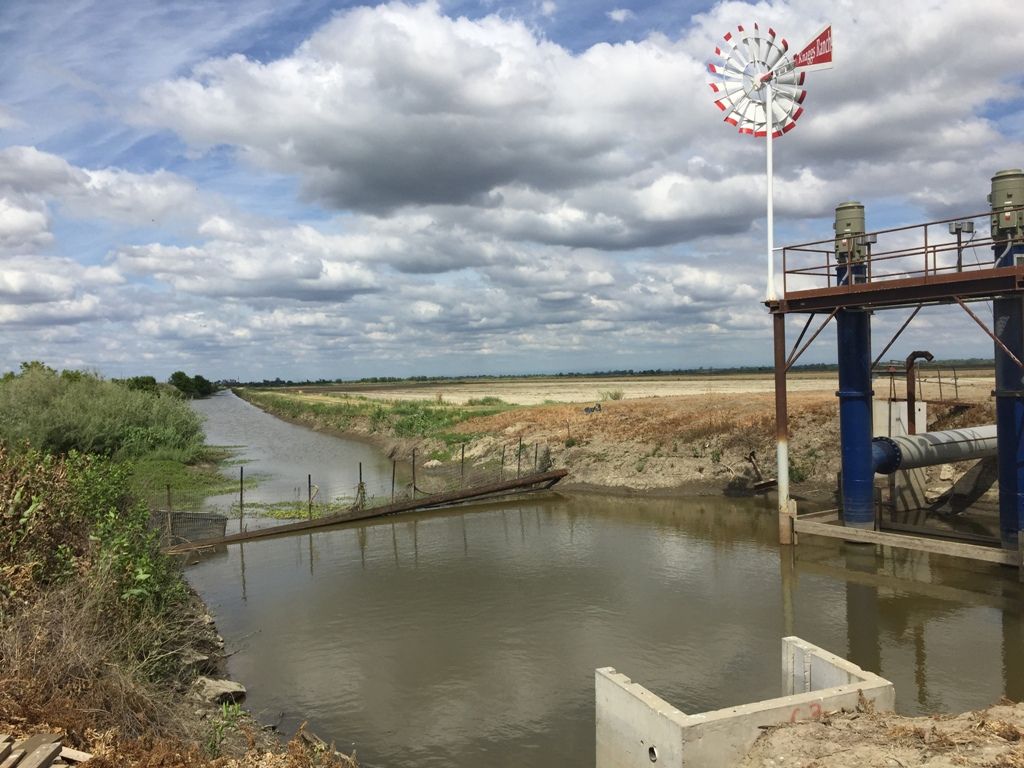From the California Water Blog:
Long-time followers of this blog may have tracked the evolution of our salmon-rice work for some time. The work originated most strongly with the “The Nigiri Project” in the early 2000s, building from important earlier work by Ted Sommer and colleagues (e.g., Sommer et al. 2001). This blog is a primer on the concept with an update on current studies.
Salmon are in a prolonged state of decline in California. Two of three recognized Chinook salmon runs (Spring-run and Winter-run) are listed under the US Endangered Species Act. The recognized Fall-run and unrecognized Late-Fall-run may not be far behind. These last two populations are notably influenced by a rise in hatchery-origin fish and declines in wild-origin fish, which may mask the Fall-run decline.
These trends should not be surprising. 83% of native California fishes are in some form of decline, leading scientists, conservation groups, agriculture, municipal water agencies, and policy makers to search for innovative solutions. One interesting aspect of salmon ecology in the Central Valley is that these fish appear to be floodplain specialists.
Continue reading at the California Water Blog by clicking here.



